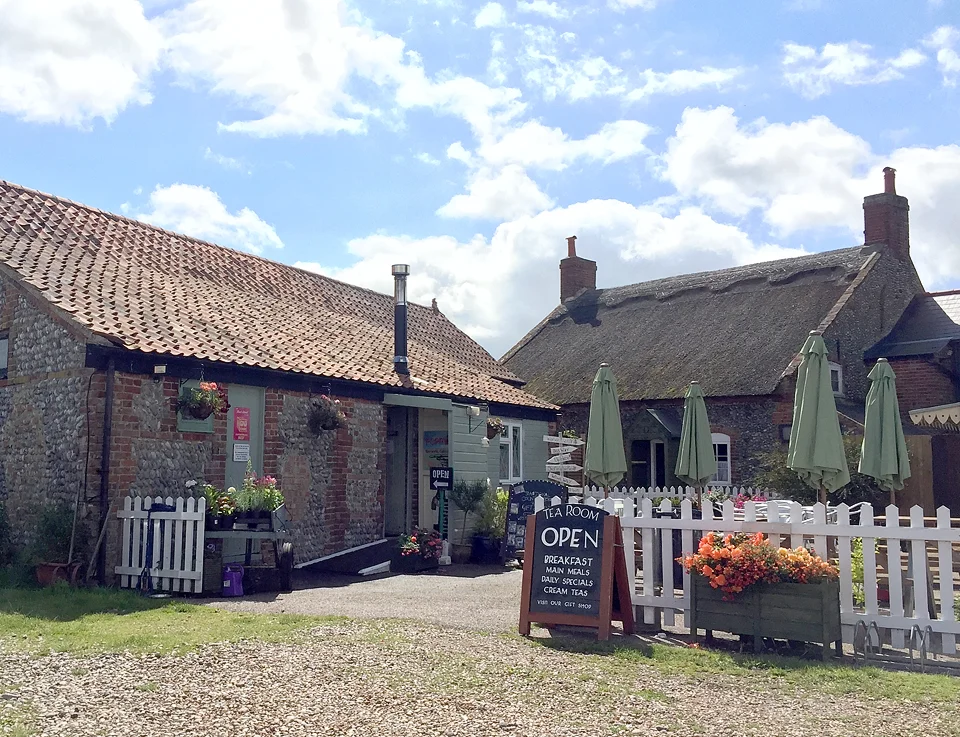From the Castle to the Bath
I had seen the picturesque photographs on Instagram of Castle Combe, a two hour drive from my home in Bedfordshire to this Wiltshire village. Often referred to as the prettiest village in England and boy does it live up to that title, I have never seen anywhere to top it.
A Saxon street village but apparently the evidence points to a settlement here dating back to Neolithic Man. Celtic tribes and the Romans also paid a visit to the area too.
We parked at the free car park at the top of the hill and descended down the steep road into the centre and immediately you are blown away by this beautiful haven. It reminded me of those Lilliput Lane houses that my wife collected with gorgeous doorways, chimneys and those textured roof tiles.
The word "Combe" is an old Saxon term for valley overlooking where a castle once stood, over the centuries though it fell into disrepair and none of the structure remains today.
The woollen industry played a large part in the village's history, with red and white cloth being produced and exported to the continent. Interestingly it went into the uniforms worn at the Battle of Agincourt. St Andrew's church stands at the centre of the village, at the base of the tower stands the faceless clock, believed to have been made by a local blacksmith, It is among the most ancient working clocks in the country.
Up until 1947 there had been a feudal system overseeing village affairs but then the village was sold and all of the properties are now privately owned. Just up the road is Lacock, the romantic film location for Jane Austen's Pride and Prejudice and Emma and also where photography itself was pioneered.
There are a couple of village inns for a drink and a bite to eat but we decided to visit the local village tea shop, a quaint little village hall with home made cakes including my trade mark cream tea. Here we sat outside and I perused the images on my camera what I had taken during the morning. Cars are no longer allowed to park on the main street which allows you to capture the buildings in all of their glory but you do have to time it right to try and avoid the many tourists that descend here. I can imagine how stunning it would look in winter with a sprinkling of snow on those rooftops.
Bath
About 15 miles away is the city of Bath, so we had planned to move on and spend the afternoon in a city which I had only previously visited once before when we took in the Roman Baths because my daughter was writing a project on the Romans but there is so much more to Bath than just the Romans as I was to discover. You descend down along the dual carriageway and the city has that distinctive colour of the stone to welcome you.
With the variety of shops here, Sue decided to carry out some retail therapy and we agreed to meet up 90 minutes later giving me plenty of time to explore the streets and photograph some of the sights. I found the best way to discover Bath was to just wander and see where it led, you always have the imposing Bath Abbey in the centre to use as a marker.
This is Pulteney Bridge, one of the iconic images of Bath with the famous weir in the foreground. I loved the little pink umbrellas in the distance, this is a cafe but it is very much in demand and we did not manage to get a seat here. Pulteney Bridge is also unique in having shops on both sides of the span. There are also cafes in these buildings and they offer a lovely view if you can get seated. As you can see the colour of the stonework in Bath is a light golden shade and it makes for some fantastic photos.
The Bath Bun Tea Shoppe was a favourite location of mine, set in a beautiful courtyard called Abbey Green. This delightful little Georgian square lies on the south side of Bath Abbey and the Roman Baths. The ancient plane tree in the centre of the square is over 220 years old and is known as the Hanging Tree. Apparently public executions were reputed to have taken place here many years ago. With my love of British history I was intrigued to find out that Admiral Horatio Nelson was reputed to have visited this tea Shoppe with his lover Lady Hamilton.
I wanted to visit the famous Circus whilst I was here and so a brisk walk away from town and within 10 minutes I was at this stunning architectural feature. Originally known as The King’s Circus, this remarkable sight consists of three curved segments of Grade I listed townhouses, arranged in a circular shape. The striking attraction was designed by John Wood the Elder, an architect also responsible for the nearby Queen Square. Unfortunately John Wood the Elder didn’t live to see his plans turned into reality, due to his death less than three months before construction of The Circus began in 1754. His son, John Wood the Younger, completed the build in 1768. Taking the Roman Colosseum as inspiration for his design, Wood used this as his template but obviously with the houses facing inwards rather than outwards as is the Colosseum.
A couple of famous residents have been Thomas Gainsborough the artist and more lately the actor Nicolas Cage.
Despite suffering from bomb damage during the war in 1942 several houses have been restored after being originally demolished.
Bath was founded upon natural hot springs and the Roman baths were constructed around 70 AD. A visit to the Great Bath which is the epicentre of the complex is a must and the attraction receives over one million visitors a year so there are long queues here. We had previously toured this building so we didn't go in this time due to the time constraints. The Abbey is also a fabulous building to explore and one that I will add to my 'to do' list when I return.
Brolly's
A thousand umbrellas have been suspended above the Southgate Shopping Centre and apparently it was so popular in 2016 that it has been brought back for this year. A colourful spectacle and a photographers dream with lots of different angles available to secure that great shot.
If you plan to visit this part of the country, I would recommend a stay over if possible because there is so much to do and see here. You are also not too far away from the Cotswolds, which is a vacation on its' own. Both Bath and Castle Combe are great locations for photographers with so many quaint buildings, alleyways, shops and architecture to capture.















